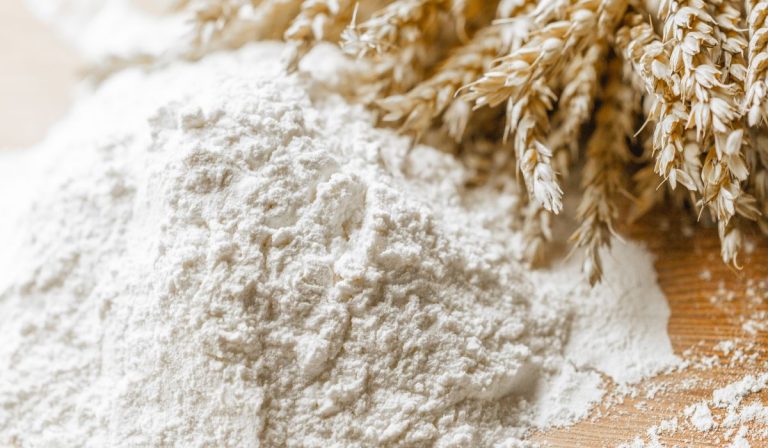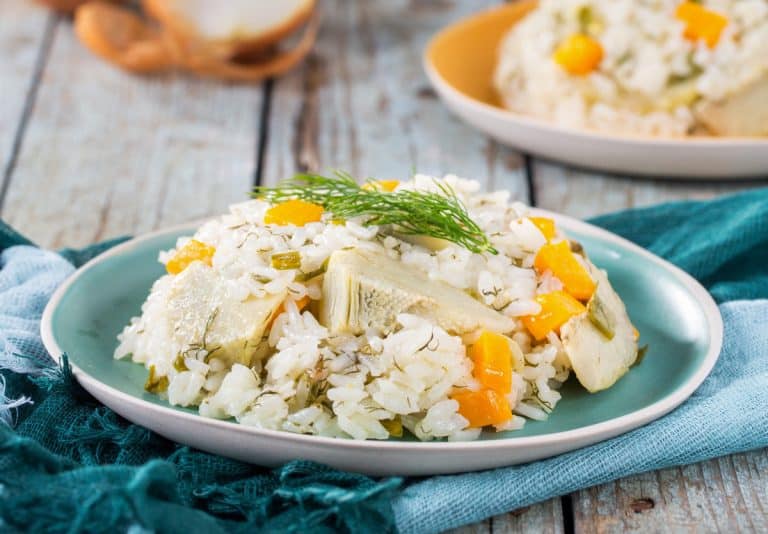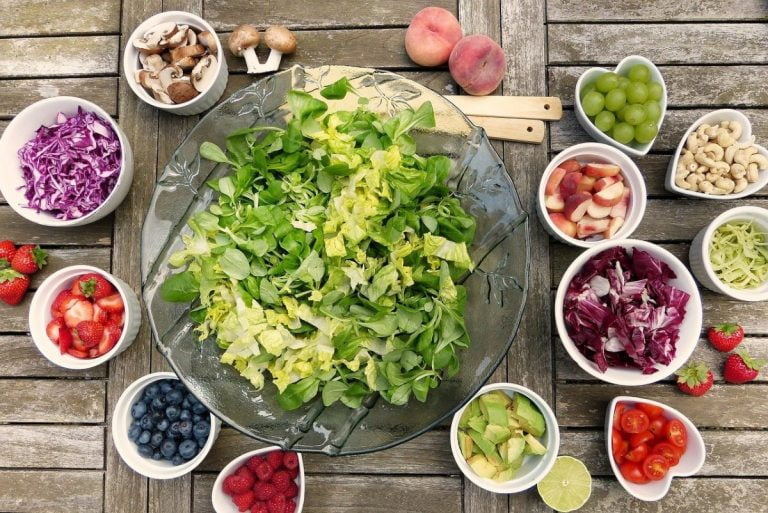Is Basmati Rice Good For Diabetics (Brown & White Basmati)

Rice is one of those foods that are simple yet versatile. You can make white rice to serve with some curry, and it can even be the main dish, making some delicious chicken fried rice. But what happens when it comes to people who have diabetes? Simple white rice might not be the best option because of it’s high glycaemic index. But what about basmati rice?
Basmati rice, especially wholegrain (brown), is an excellent choice for people with diabetes. It has the lowest GI of all rice at 48. Basmati rice also has a higher amount of soluble fiber and magnesium, making it safe for diabetics.
A balanced diet is extremely important if we want to stay healthy, especially for those who are dealing with diabetes. Basmati rice is a healthful addition to any type of diet, including a meal plan for people with diabetes.
I am going to introduce you to basmati rice, give you the nutrition facts, show you the health benefits, explain how to cook basmati rice, and provide some ideas for using it.
Types of Basmati Rice: Brown vs White
Basmati rice comes in both brown and white varieties. Both have a “nutty” aroma with a distinctive, “buttery” scent. Basmati means “queen of scents.” The rice also has a pleasant, nutty flavor.
Just like brown and white rice, the white basmati is more processed. The hull, bran, and germ are removed in white basmati. In brown basmati, the only thing removed is the hull. However, both of these choices are healthful options.
Health Benefits of Basmati Rice
Basmati rice has many health benefits, we list 6 of them below with additional information.
Good Source of Fiber
Basmati is a rich source of fiber. A high-fiber diet can help lower the probability of getting type 2 diabetes and cancer, as well.
Fiber is essential to maintaining gut health and bowel function, due to a type of carbohydrate known as resistant starch. Resistant starch has a prebiotic effect. This means it helps increase the number of good bacteria to help maintain a healthful gut.
A low intake of fiber can cause digestive issues like constipation. The fiber in Basmati is more soluble than other rice, being more soluble means it will add bulk, keep you more full and help your digestive tract. The higher fiber will also help keep you feeling full longer, stifling food cravings.
Good for Your Heart
Whole grains, such as brown basmati rice have been linked to a lower risk of cardiovascular disease. Whole grains can help lower blood cholesterol levels and contribute to lowering the risk of high blood pressure, a significant risk factor for heart disease, which is common with diabetes.
Good for Your Brain
B vitamins, particularly B1 (thiamine), are abundant in basmati rice. Each serving contains 22% of the RDA (recommended daily amount) consumption. Thiamine is necessary for good brain function, and a lack of it can result in Wernicke encephalopathy.
Lowest GI of any Other Rice (Brown Basmati Rice)
Whole grain (brown) basmati rice has a low GI of 48. White basmati rice has a GI of 50-to 58, indicating that it is low to medium glycemic index rice. Standard white rice has a high GI of 72. Read more: Should you avoid white rice if you have diabetes?
The fiber content, amylase, and protein lowers the GI of basmati rice.
Good for Cancer Prevention
Because brown basmati has more fiber than other types of brown rice, it helps reduce your chances of getting cancer, particularly colorectal cancer.
Low in Arsenic
Basmati has a lower amount of arsenic than other types of rice. Arsenic is an element that can be harmful to our health and potentially increase the risk of getting cancer, heart disease, cardiovascular issues, and cancer.
This element tends to accumulate more in rice than other grains; however, some studies have shown that basmati rice, produced in California, India, or Pakistan, has the lowest levels of arsenic when compared to other types of rice.
Nutrition Facts
Every ½ cup (81.5 grams) of cooked white basmati rice has the following nutrition values:
- Calories: 105
- Carbs: 23 grams
- Protein: 2.2 grams
- Fat: 0.25 grams
- Fiber: 0.35 grams
- Sodium: 199 mg
Vitamins and Minerals including:
- Folate
- Thiamine
- Selenium
- Niacin
- Copper
- Iron
- Vitamin B6
- Zinc
- Phosphorus
- Magnesium
Brown basmati is higher in fiber, magnesium, vitamin E, zinc, potassium, and phosphorus.
How Much Basmati Rice Can I Eat With My Diabetes?
In most practices, including my own, 45-60 g carbohydrate are recommended with each meal. If you do not count your carbs, see my article on the plate method LINKS to better assist you.
Make an appointment to see a Registered Dietitian to help you develop a meal plan, individualized to meet your specific needs and to work best with your personal lifestyle.
How to Prepare Basmati Rice For Diabetes
Before starting to cook basmati, you need to make sure you rinse it very well with water to wash out the starches and clumps. You might need to fill the container with water, wash it, and drain the water a few times until the water runs almost clear.
To cook the basmati rice, you will need 1.5 to 1.75 cups of water for every cup of rice. Put the rice and the water in a non-stick pot, bring it to boil, and then cover the pot and turn the heat to low heat.
Let the rice simmer for around 15 to 20 minutes, or until the water has been absorbed. Fluff carefully and check it is soft enough; if not, cover and let it cook a bit longer. Once it is soft enough, remove it from the heat and let it sit for 5 minutes before serving.

closeup of an earthenware bowl basmati rice and a bowl with korma curry in the background on a set table
Cooking Ideas For Basmati Rice:
- Stir-fry basmati rice in olive oil with non-starchy vegetables and a lean protein
- Cook with turmeric or curry, coconut milk, and fresh ginger
- Serve white basmati with curry
- Serve brown basmati as a side dish – flavor is delicious with ghee or butter
- Add brown basmati to your salads
- Use brown basmati with your beans and rice
- Use basmati to make your fried rice
Basmati Rice Origins
Basmati is traditionally grown in India, Pakistan, and Nepal. and India, Production from India accounts for 66.66 percent of world production.
The actual origins of this rice are unknown; however, archeologists have discovered a variety of rice with a long-grain near Udaipur, India, dating back to between 2000 and 1600 BC, which they believe to be the ancestor of basmati rice.
Basmati rice has been produced for hundreds of years around the Himalayan region. It is widely regarded as the star of many Indian recipes and a favored variety of rice among many people.
Some Reminders About Your Diabetes
- Try to Keep Carbs Down
- Fiber Up When You Can
- Get Your Nutrients, Like Magnesium
- Shoot for Low or Medium GI Content
Basmati rice meets these four criteria, unlike other rice.
Final Thoughts
Basmati rice is a healthier option for those rice lovers who have diabetes, especially type 2 diabetes. It has an incredible aroma and distinct taste, but it is flexible enough to use with any dish.
Remember to be mindful of your carbohydrate consumption, and include non-starchy vegetables, lean protein, and healthful fats in your meal plan.
Sources:
https://www.ncbi.nlm.nih.gov/pmc/articles/PMC4186552/
https://www.ncbi.nlm.nih.gov/pmc/articles/PMC5502079/
https://www.ncbi.nlm.nih.gov/pmc/articles/PMC4779445/
https://care.diabetesjournals.org/content/39/3/472
https://www.cdc.gov/diabetes/pdfs/data/statistics/national-diabetes-statistics-report.pdf
https://dtc.ucsf.edu/types-of-diabetes/type2/understanding-type-2-diabetes/what-is-type-2-diabetes/
https://www.ncbi.nlm.nih.gov/pmc/articles/PMC4186552/
https://www.ncbi.nlm.nih.gov/pmc/articles/PMC5502079/
https://www.ncbi.nlm.nih.gov/pmc/articles/PMC4779445/







